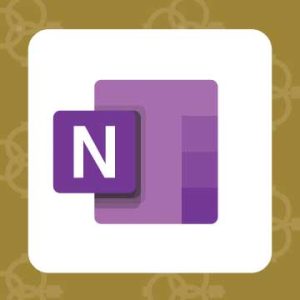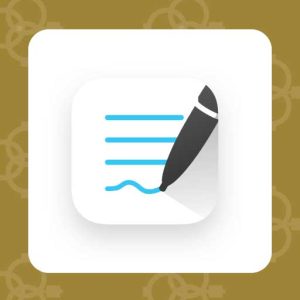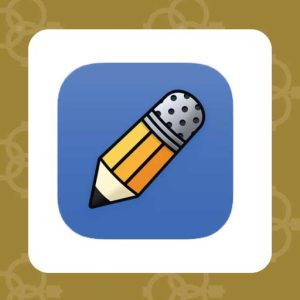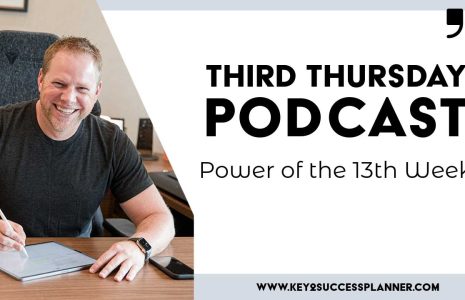When the news of Google’s new Pixel tablet surfaced, I was initially excited, thinking that Google was entering the Android tablet market with a potential winner. However, upon closer examination, I (Branden) found myself hesitant and unsure if this device would truly meet my expectations. In this blog post, we’ll explore the new Google Pixel tablet and determine if it’s the right choice for you.
Build Quality and Design:
The Google Pixel tablet boasts a solid build quality and a pleasing texture. It feels comfortable in hand, with well-sized bezels and a balanced weight. The camera is decent for quick photos, but not exceptional. It features a fingerprint sensor and standard volume buttons. The speakers on both sides deliver good sound quality. However, one downside is that it lacks a native keyboard and stylus, unlike other tablets in its price range.
Tablet or Media Hub?:
While Google has established its presence in the smart home market with products like Nest, this tablet’s primary purpose seems to be extending the media hub experience. It can connect to other devices throughout your home and serve as a central entertainment hub. However, when viewed as a standalone tablet, certain expectations arise, such as productivity features and the ability to use a physical keyboard. Unfortunately, the Google Pixel tablet falls short in these areas.
Productivity and User Experience:
The absence of a native keyboard and stylus limits its potential as a productivity tool. While it allows access to Google Play and various applications, many of them are designed to be used with keyboards or styluses. The on-screen keyboard can feel cramped, reducing the available editing space. Additionally, third-party apps may not optimize well for tablet use, leading to a less-than-ideal experience. However, for casual tasks like reading, browsing the internet, and consuming media, the tablet offers a satisfactory user experience.
Media and Entertainment:
The Google Pixel tablet excels as a media consumption device. Its display quality and resolution are impressive, making it enjoyable for watching videos or reading books. The audio quality, however, leaves much to be desired when used solely as a tablet. It relies on the docked speaker to provide a fuller sound experience. But if media consumption is your primary focus, and you can overlook the limitations in productivity features, the Google Pixel tablet may suffice.
Final Thoughts:
In my honest assessment, the Google Pixel tablet falls short when compared to other tablets in its price range that offer keyboards and styluses for enhanced productivity. While it may appeal to those seeking a media hub extension within their smart home ecosystem, it fails to deliver as a standalone tablet. I recommend conducting further research and considering your specific needs before making a purchase decision.
Ultimately, whether the Google Pixel tablet is right for you depends on your preferences and requirements. It’s essential to weigh its limitations against your intended usage and determine if it aligns with your expectations.
Key2Success Planners
Choose the Application that you plan to use for digital planning.
OneNote

Application works across Windows, Android and Apple. Also Web version all available. Great for Desktop, Laptop and Mobile users.
GoodNotes

Application works across Apple devices. Great for iPad, Mac and iPhone users. PDF Annotation App designed for Note-Taking
Noteshelf

Application works across Apple devices. Great for iPad, Mac and iPhone users. PDF Annotation App designed for Note-Taking
Notability

Application works across Apple devices. Great for iPad, Mac and iPhone users. PDF Annotation App designed for Note-Taking
Samsung Notes

Application works across Samsung devices. Great for Samsung Tab and Samsung Galaxy Users. Including Z Fold 3, S6, S7, S8 and S22.
reMarkable

Works with ePaper Devices, like the reMarkable, SuperNote and many more. A PDF Annotation Planner allows users to take digital notes.







